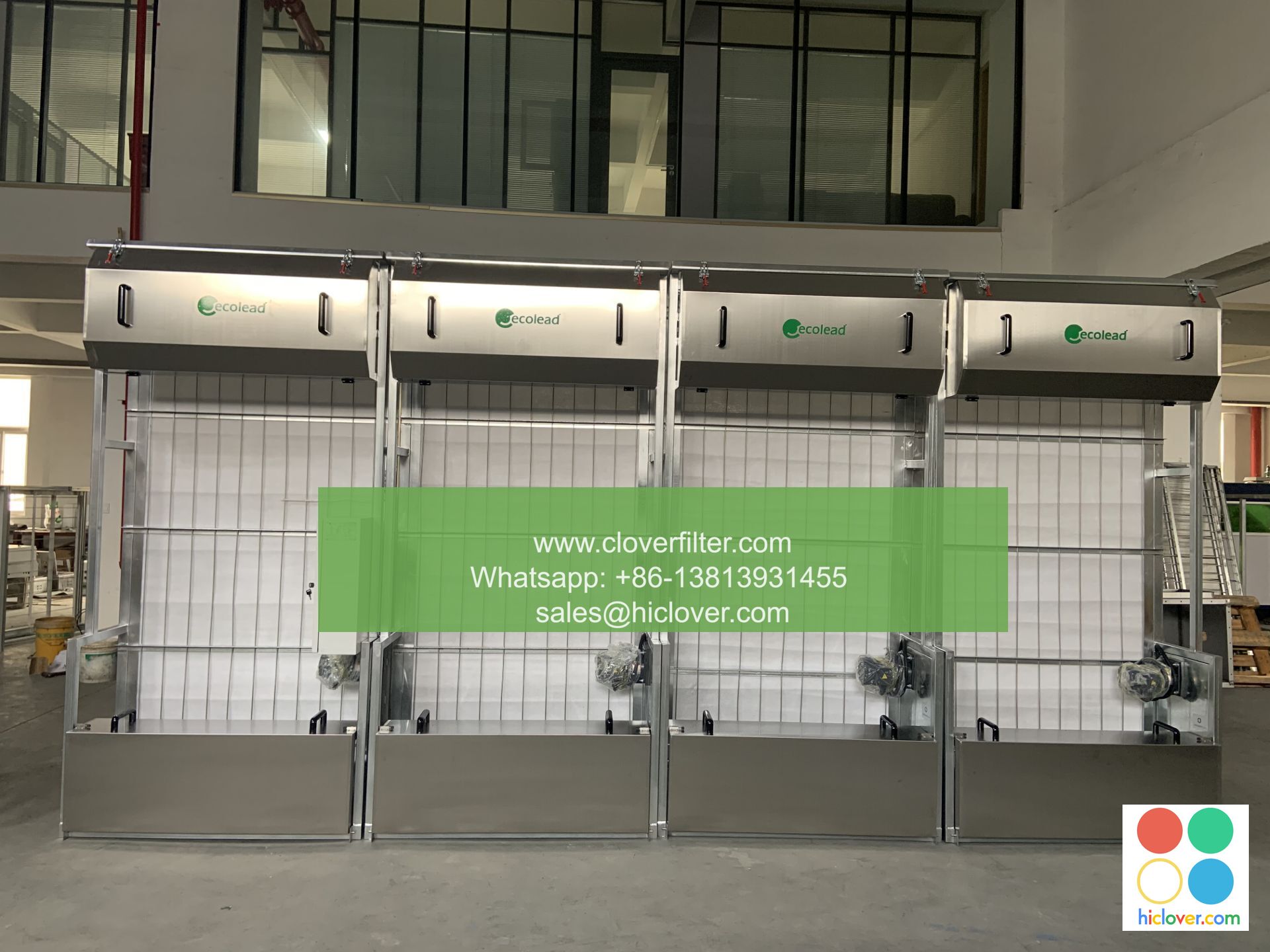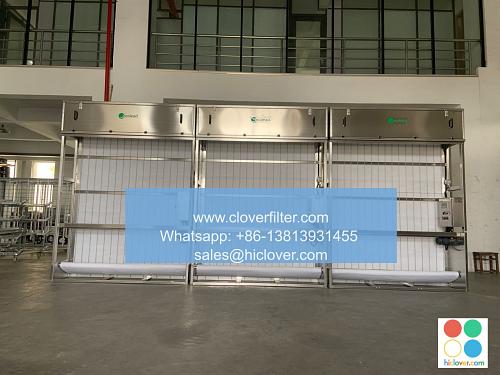Air Filter Programs for Hospitals and Healthcare Facilities: A Review of Regulations

The air quality in hospitals and healthcare facilities is a critical aspect of maintaining a safe and healthy environment for patients, staff, and visitors. Air filter programs play a vital role in removing airborne contaminants, such as particulate matter, microorganisms, and gases, from the air. In this article, we will review the regulations and guidelines that govern air filtration systems in hospitals and healthcare facilities, highlighting various application areas and indoor air quality (IAQ) concerns.
Regulatory Framework
The regulatory framework for air filter programs in hospitals and healthcare facilities is established by various government agencies and organizations, including the Centers for Disease Control and Prevention (CDC), the Occupational Safety and Health Administration (OSHA), and the American Society of Heating, Refrigerating, and Air-Conditioning Engineers (ASHRAE). These agencies provide guidelines and standards for indoor air quality, ventilation rates, and air filtration systems.
Key Regulations and Guidelines
Some of the key regulations and guidelines that govern air filter programs in hospitals and healthcare facilities include:
* ASHRAE Standard 170-2017: This standard provides guidelines for ventilation rates and air filtration systems in healthcare facilities.
* CDC Guidelines for Environmental Infection Control in Healthcare Facilities: These guidelines provide recommendations for air filtration systems and indoor air quality in healthcare facilities.
* OSHA Standards for Occupational Exposure to Airborne Contaminants: These standards establish permissible exposure limits (PELs) for airborne contaminants, including particulate matter and gases.
Application Areas
Air filter programs are applied in various areas of hospitals and healthcare facilities, including:
* Operating rooms: Air filtration systems are used to remove airborne contaminants, such as bacteria and viruses, from the air.
* Patient rooms: Air filtration systems are used to improve indoor air quality and reduce the transmission of airborne diseases.
* Isolation rooms: Air filtration systems are used to prevent the transmission of airborne diseases, such as tuberculosis and influenza.
* Pharmacies: Air filtration systems are used to remove airborne contaminants, such as particulate matter and gases, from the air.
Importance of Air Filter Programs
Air filter programs are essential for maintaining a safe and healthy environment in hospitals and healthcare facilities. Air filtration systems can help to:
* Reduce the transmission of airborne diseases
* Improve indoor air quality
* Remove airborne contaminants, such as particulate matter and gases
* Prevent hospital-acquired infections (HAIs)
Conclusion
In conclusion, air filter programs are a critical component of maintaining a safe and healthy environment in hospitals and healthcare facilities. By understanding the regulatory framework and guidelines that govern air filtration systems, healthcare facilities can ensure that their air filter programs are effective in removing airborne contaminants and improving indoor air quality. By highlighting various application areas and indoor air quality concerns, healthcare facilities can prioritize their air filter programs and ensure that they are providing a safe and healthy environment for patients, staff, and visitors. It seems like you didn’t include a question or topic for discussion in your prompt. Could you please provide more details or clarify what you would like to talk about?

